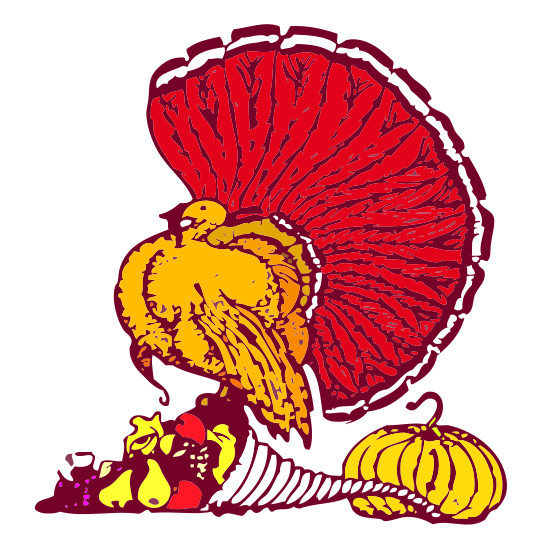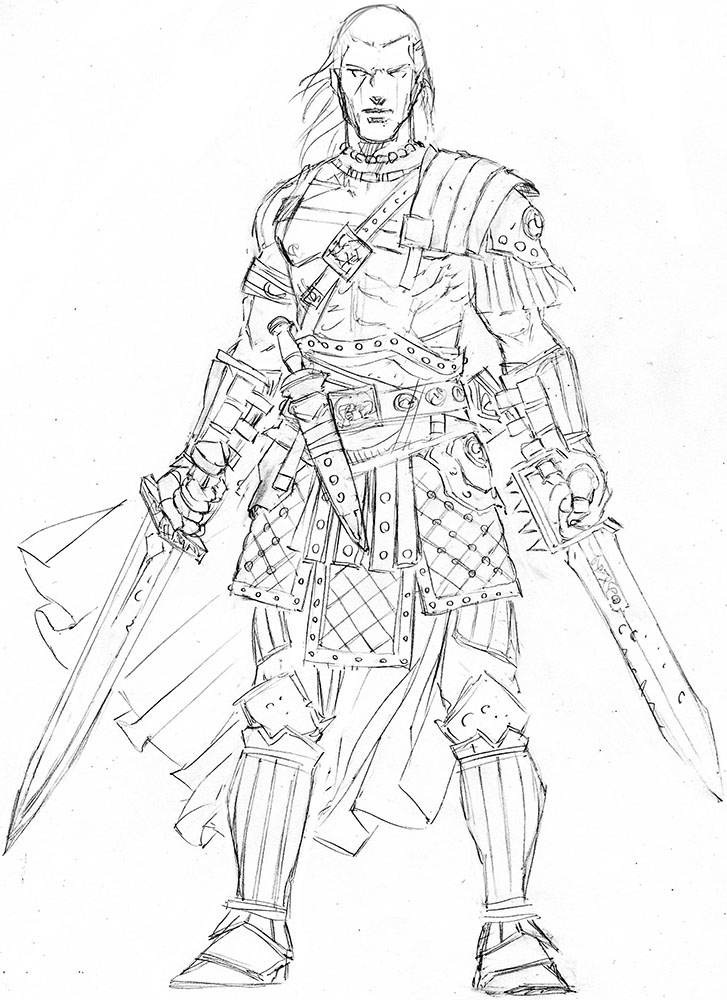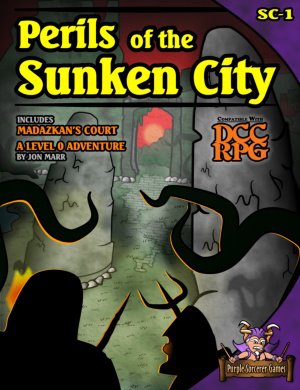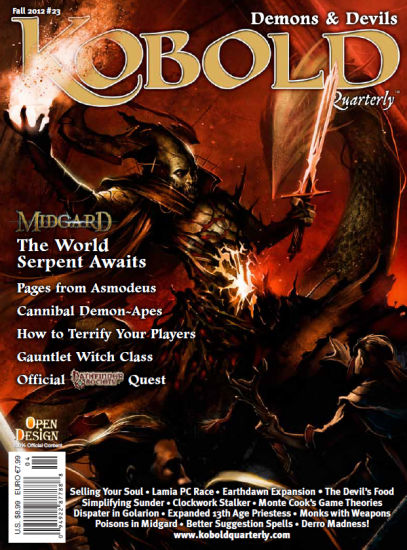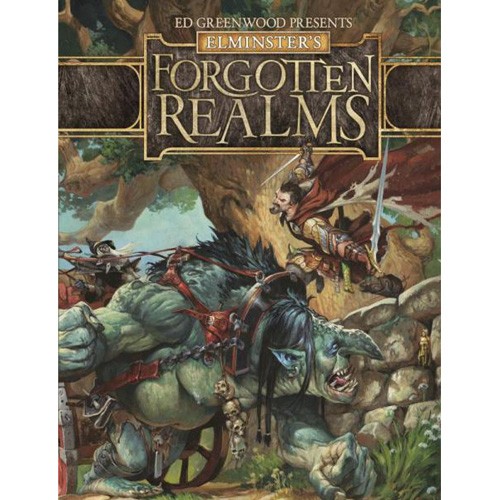 WotC and Me
WotC and Me
I have not purchased a Wizards of the Coast product for several years. Recently they have found a way to get me to pry the dollars from my wallet to fork over to them. First it was the 1st Edition reprints. I actually wasn’t going to buy them, but while at Gen Con I found the trio of books at a price that bettered even Amazon’s price. I couldn’t resist.
Then Ed Greenwood’s Elminster’s Forgotten Realms book caught my attention. This book is an edition neutral book full of fluff written by Ed Greenwood about the Forgotten Realms. This book made my pre-order list at Amazon. I am not sure if I have ever actually pre-ordered a D&D book, even in my 3.x days.
The Book
Elminster’s Forgotten Realms is a hardcover book coming in at 192 pages. The book retails for $39.95. The book is described as providing an insight into the Forgotten Realms world from the creator of the setting, Ed Greenwood. The book is system-less in nature, so whether you play any number of D&D editions or have converted the Realms to another fantasy RPG system there should be something in this book for you.
Ed Greenwood wrote the book with cover art by Jesper Ejsing. Interior art comes from a variety of artists including Ed Greenwood, Wayne England, Tyler Jacobsoon, Beth Trott, and more.
The book has six major sections covering all matters of Realmslore. These sections do not include the foreword, introduction, or afterword.
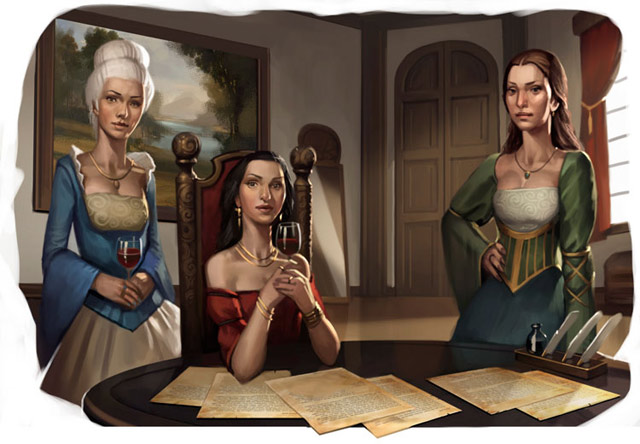 First up we have Life in the Realms which covers an array of topics. A brief portion covers viewpoints on the Realms from a racial perspective. Along the way we learn common Realms terms for common expressions. This chapter continues with information on events and festivals, theater in the realms, medicine, illness and medicines, drugs, poisons, and current news and rumors.
First up we have Life in the Realms which covers an array of topics. A brief portion covers viewpoints on the Realms from a racial perspective. Along the way we learn common Realms terms for common expressions. This chapter continues with information on events and festivals, theater in the realms, medicine, illness and medicines, drugs, poisons, and current news and rumors.
The next chapter discusses Laws and Orders. This chapter is a discussion of class and nobility, justice, property law, trade laws, handling the guilty, who enforces the laws, pacts and alliances, and more information on the infamous Zhentarim.
The book takes a closer look at where people in the Realms live. Not as in region, but what are their actual homes like, the local Inns and Taverns, food, drinks, and even fashion.
Money drives any society and this is where the next chapter takes us. This chapter covers work, day jobs for adventurers, guilds, trade and merchant princes, coinage by region, trade goods, and information about the slave trade within the Realms.
The next chapter is the longest in the book, with a look at Gods and Followers. The early parts of the chapter address how people in the Realms worship, why evil is allowed to exist when good deities have a known presence, charity, temple income, and priesthoods of the Realms. The priesthoods section is the longest and covers many of the major deities within the Realms.
The final chapter is in regards to The Art, or magic within the Realms. The prevalence of magic is covered, information on bloodlines, alchemy, bardic magic, elven music, spellsong, and more.
Amidst all of the chapters are images of notes written by Ed Greenwood regarding the Realms and submitted to editors over the years. These are a very interesting look into how the Realms grew over time.
My Thoughts
I really enjoyed my read through of this book. The book’s style is probably the closest I will ever get to sitting down at a table with Ed Greenwood in a tavern and listening to him spin his tales about the Realms. The tone of the book seemed very conversational to me.
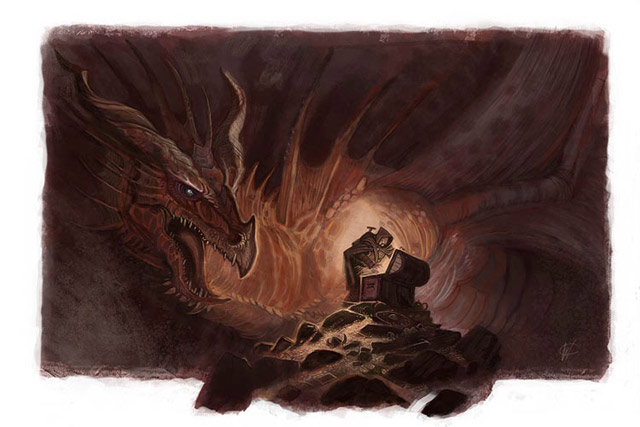 The book is edition-less, so fans of 1e, 2e, 3.x, or 4e D&D who are fans of the Forgotten Realms are sure to find this a fun read. However, if you prefer books heavy on crunch, this may not be the book for you. There is not a single stat block, spell block, feat, or anything at all resembling a game statistic in the book. I find that a good thing, but if you buy books for crunch only, you will likely want to pass on this one.
The book is edition-less, so fans of 1e, 2e, 3.x, or 4e D&D who are fans of the Forgotten Realms are sure to find this a fun read. However, if you prefer books heavy on crunch, this may not be the book for you. There is not a single stat block, spell block, feat, or anything at all resembling a game statistic in the book. I find that a good thing, but if you buy books for crunch only, you will likely want to pass on this one.
The artwork in the book was decent and had its up and downs. Only a few pieces felt particular evocative to me. Art is such a subjective area of critique though, that I am sure there are others that feel differently from me. It wasn’t that the art was bad, just the majority of it did not strike a chord with me.
The primary highlight in this book for me were the pages that showed Ed Greenwood’s old notes. I could just imagine him with stacks of notes in his house that he typed up into some presentable format and sending them off. Over and over and over. The depth of the Realms and the campaigns Ed ran for his group just astound me.
One has to wonder why the Realms is steeped in such lore. The typed page from Ed on page 85 of the book provides insight for this I believe. The note for the page from Ed notes that for players that have read every book, module and more for D&D tend to turn the game into a wealth of metagame knowledge. He notes that drowning them in so much Realmslore that one cannot possible track it all the DM has brought things back into real roleplaying. I found that an interesting way to combat the metagame knowledge of players.
While I enjoyed the entire book, a couple of sections did stand out to me. From the Laws and Orders chapter there is a section on becoming a noble in Waterdeep. It was an interesting section. The detailing of how the Phull and Zulpair rose to power in Waterdeep was particular insightful.
In the same chapter I also found The Secret History of the Zhentarim a good read. I have tended to use Zhentarim in several of my Forgotten Realms campaigns in the past making this section stand out to me. The included typed diagram from Ed in this section was wonderful!
The book is full of nuggets of information to help a DM run a Forgotten Realms campaign. Even if you do not run the Realms for your campaign, there are many ideas that can be stolen for your own world.
Summary
I had been looking forward to the release of this book. It did not let me down and I thoroughly enjoyed reading it and getting an even better feel for the Realms as Ed Greenwood wrote it. If you are a Realms fan I highly recommend adding this book to your collection. From the conversational style, to the intricacies of the Realm the reader can learn about, it is a very strong offering from WotC for Realms fans!
 Posting at The Iron Tavern will be a little slow this week. After seeing how the inaugural year went for the blog and being happy with the result I wanted a little more flexibility in my hosting option. With that in mind I am in the process of moving the blog from its current hosting provider to a new one.
Posting at The Iron Tavern will be a little slow this week. After seeing how the inaugural year went for the blog and being happy with the result I wanted a little more flexibility in my hosting option. With that in mind I am in the process of moving the blog from its current hosting provider to a new one.
